The future development of agriculture and farming over the next decade is set to be “pre-occupied” with the environment and climate change issues.
Speaking during the launch of Sectoral Roadmaps 2027, Teagasc director Gerry Boyle outlined that while the dairy sector is set to be the most profitable over the next decade, it will also be the most challenged in terms of reducing agricultural emissions.
His concerns were shared by their economist Kevin Hanrahan, who pointed out that while the number of beef cattle in the country is reducing, the number of dairy cattle is predicted to rise, meaning the overall number national herd likely to remain at a similar level.
He said it was “critical” that farmers utilised the emission reducing options in the Teagasc Marginal Abatement Cost Curve (MACC) plan.
“The growth in cow numbers may more than offset the gains in efficiencies,” he warned.
Carbon footprint
Head of animal and Grassland research and innovation programmes, Pat Dillon, also pointed out that while the carbon footprint per litre of milk has been reduced, overall emissions from the dairy herd were still high due to an increase in cow numbers.
Boyle added that one of Teagasc's key aims is to reduce chemical N on all the group's research farms from 250kg/ha to 150kg/ha and utilise more clover planting in a bid to help reduce emissions from dairy herds.
He hopes farmers will follow suit once they see the results and reiterated that discussions around CAP and the future of farming would be dominated by climate concerns.
Signpost farms
Given the concerns around herd size and cow numbers, head of environment, John Spink, declined to confirm talks of a size on the 100 'signpost farms' tTeagasc is planning on developing.
He said there would be a mix of all types of farms, including dairy, beef, sheep and organic:
“There will be a focus on more intensive end of the scale because that’s where we see the biggest gains."
Sectoral expectations in quotes
Sheep
“A target of 10 ewes/ha is achievable” – director of Teagasc Gerry Boyle.
Organic
To make it resilient it will need a bigger domestic market if it is to dramatically increase it’s market share.
“I think there are challenges in terms of developing organic” – Teagasc economist Kevin Hanrahan.
Pigs
Focus on sow productivity and increasing feed efficiency.
Dairy
“Increases in efficiencies won’t offset increase in cow numbers" – head of animal and grassland research and innovation programmes Pat Dillon.
Tillage
“When it comes to tillage we all know that it’s a sector that’s been challenged over the last decade” – director of Teagasc Gerry Boyle.
Boyle also added that there is a plan to increase crops going into premium markets by 50%.
Read more
Teagasc aims to increase yield in the tillage sector by 1%
No-deal Brexit would mean almost €700m hit to farm families
Brexit to hit bread prices - Teagasc
The future development of agriculture and farming over the next decade is set to be “pre-occupied” with the environment and climate change issues.
Speaking during the launch of Sectoral Roadmaps 2027, Teagasc director Gerry Boyle outlined that while the dairy sector is set to be the most profitable over the next decade, it will also be the most challenged in terms of reducing agricultural emissions.
His concerns were shared by their economist Kevin Hanrahan, who pointed out that while the number of beef cattle in the country is reducing, the number of dairy cattle is predicted to rise, meaning the overall number national herd likely to remain at a similar level.
He said it was “critical” that farmers utilised the emission reducing options in the Teagasc Marginal Abatement Cost Curve (MACC) plan.
“The growth in cow numbers may more than offset the gains in efficiencies,” he warned.
Carbon footprint
Head of animal and Grassland research and innovation programmes, Pat Dillon, also pointed out that while the carbon footprint per litre of milk has been reduced, overall emissions from the dairy herd were still high due to an increase in cow numbers.
Boyle added that one of Teagasc's key aims is to reduce chemical N on all the group's research farms from 250kg/ha to 150kg/ha and utilise more clover planting in a bid to help reduce emissions from dairy herds.
He hopes farmers will follow suit once they see the results and reiterated that discussions around CAP and the future of farming would be dominated by climate concerns.
Signpost farms
Given the concerns around herd size and cow numbers, head of environment, John Spink, declined to confirm talks of a size on the 100 'signpost farms' tTeagasc is planning on developing.
He said there would be a mix of all types of farms, including dairy, beef, sheep and organic:
“There will be a focus on more intensive end of the scale because that’s where we see the biggest gains."
Sectoral expectations in quotes
Sheep
“A target of 10 ewes/ha is achievable” – director of Teagasc Gerry Boyle.
Organic
To make it resilient it will need a bigger domestic market if it is to dramatically increase it’s market share.
“I think there are challenges in terms of developing organic” – Teagasc economist Kevin Hanrahan.
Pigs
Focus on sow productivity and increasing feed efficiency.
Dairy
“Increases in efficiencies won’t offset increase in cow numbers" – head of animal and grassland research and innovation programmes Pat Dillon.
Tillage
“When it comes to tillage we all know that it’s a sector that’s been challenged over the last decade” – director of Teagasc Gerry Boyle.
Boyle also added that there is a plan to increase crops going into premium markets by 50%.
Read more
Teagasc aims to increase yield in the tillage sector by 1%
No-deal Brexit would mean almost €700m hit to farm families
Brexit to hit bread prices - Teagasc




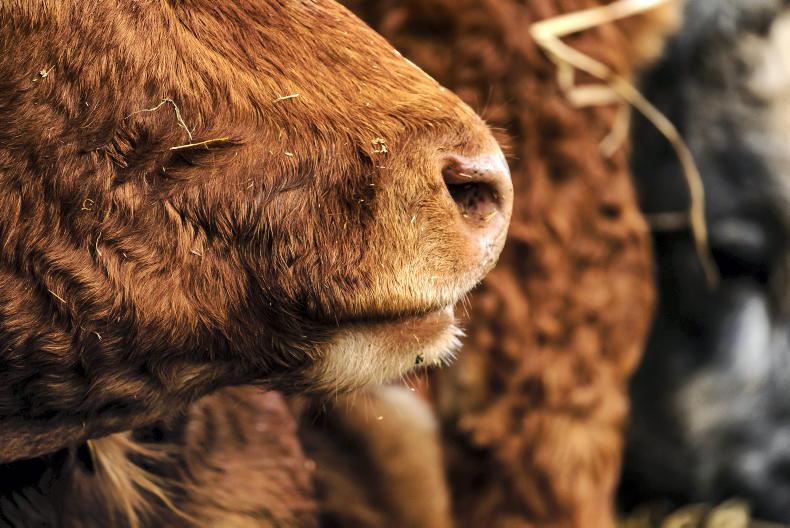
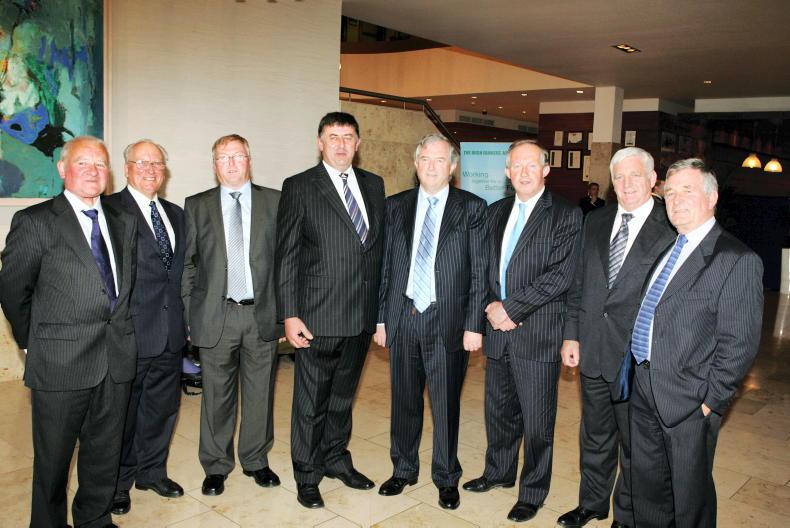
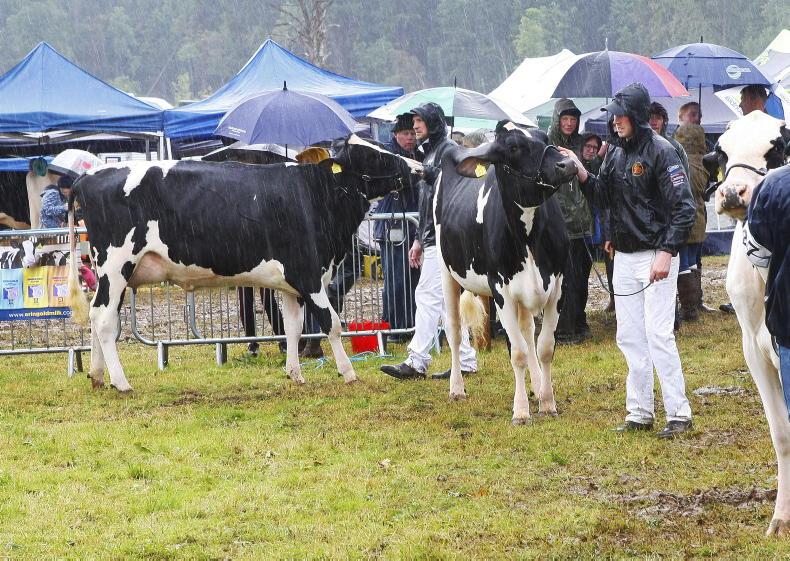
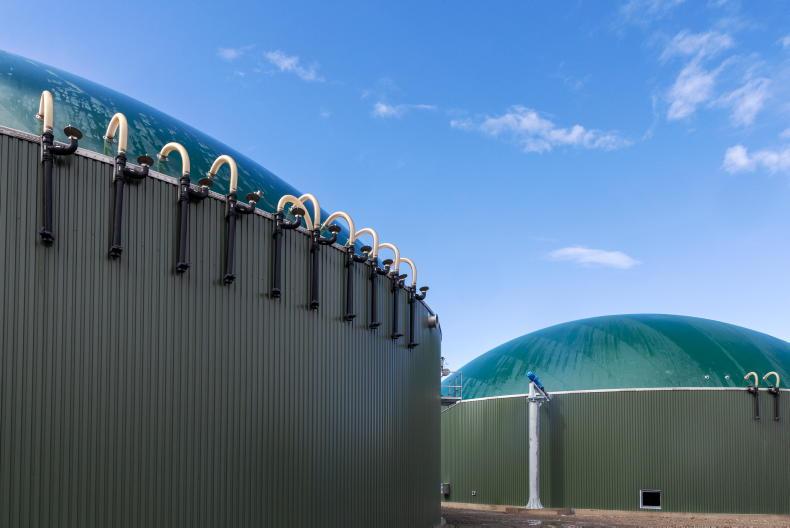
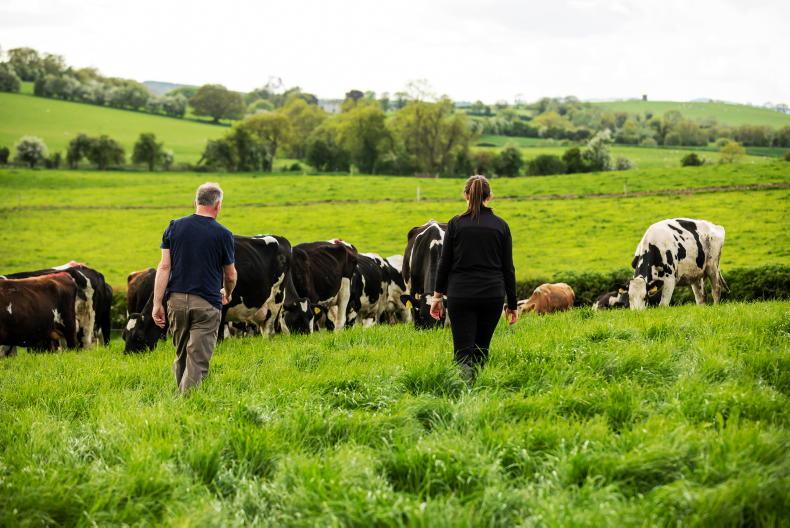
SHARING OPTIONS